"I want to know who these people were who assassinated my child. Why were there so many bullets in my son's body?"
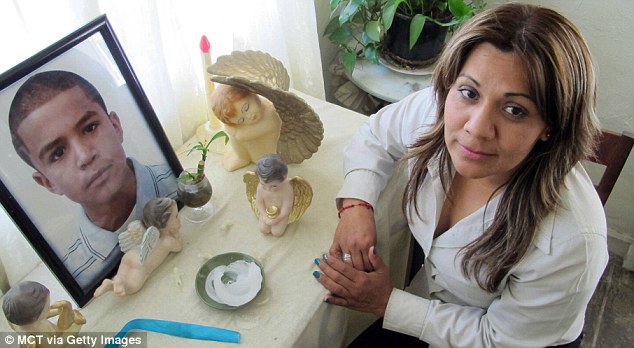
On the evening of October 10th, 2012, after playing basketball with friends in his neighborhood of Nogales, Sonora, Mexico, 16-year-old Jose Antonio Elena Rodriguez was walking home alone along Calle Internacional, a main road that runs parallel to the border fence on the Mexican side.
At approximately 11:30 p.m., with no official explanation given, gunfire erupted from the U.S. side of the border fence into Mexican territory. According to various reports, anywhere from 14 to 30 shots were fired; all shots came from U.S. Customs and Border Protection (CBP).
Rodriguez collapsed in a pool of blood on the sidewalk. He was unarmed, carrying only a cell phone, a police report stated.
According to a Mexican medical examiner's report, Rodriguez was shot approximately ten (10) times with a rifle. Reportedly, the teen took two fatal shots to the head, then collapsed and was shot eight more times as he lay on the sidewalk, mostly in the back.
The shooter(s) were perched in a surveillance tower at the top of the border fence, and Rodriguez was on a sidewalk on the opposite side of the street, downhill from a sheer cliff upon which the border fence is built. The sidewalk is approximately 30 feet from the base of the cliff, and the top of the tower fence is approximately 50 feet above the sidewalk.
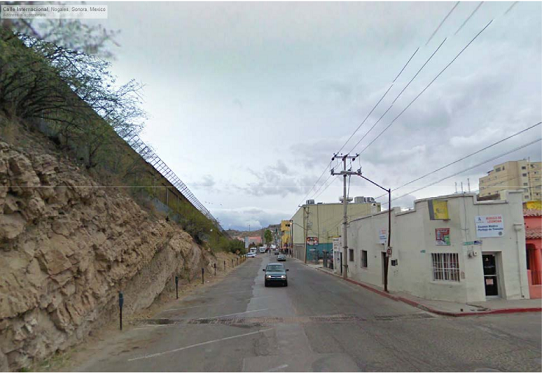
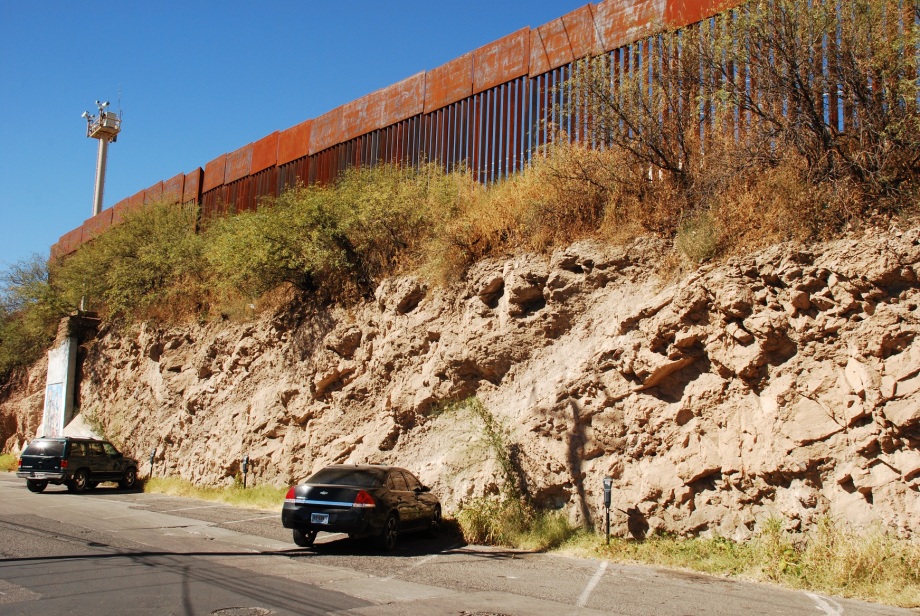
No witness account, nor any known evidence, nor any official report has linked Jose Antonio Elena Rodriguez to the smuggling effort, the police pursuit, or the alleged rock throwing. It is alleged that U.S. agents did not even give any verbal warning before opening fire. Furthermore, it is not apparent how an unarmed pedestrian on the street, fifty feet below, could have done anything to justify the use of deadly force.
The U.S. government has refused to comment on the killing, even after an extraordinary amount of time and mounting pressure. It has also kept the name of the shooter (or shooters) a secret, and has refused to release any video footage that may have been captured from the surveillance tower.
"I want to know who these people were who assassinated my child. Why were there so many bullets in my son's body?" said Jose's mother, Araceli Rodriguez, according to the Los Angeles Times. "Put yourself in my shoes. Imagine if your child were shot 10 times - a child thrown on the floor in a pool of his own blood. And there are no answers. There is no justice."
After 2 years without answers, Ms. Rodriguez filed a federal lawsuit against the U.S. Customs and Border Protection, but legal experts are not optimistic that the courts will find that the courts will recognize her legal standing, due to the fact that she is a foreigner and the incident happened in Mexico. Since the U.S. government has concealed the identities of the agents, Ms. Rodriguez's July 2014 complaint lists several "John Does" as the defendants.
"I'm asking the people who killed my grandson to have the courage to show their faces," said Taide Elena Rodriguez.
"At the time of the shooting, the agents were not under threat by Jose Antonio or anyone else standing near him - much less in immediate danger of deadly or serious bodily harm," the complaint says. "Jose Antonio's death was senseless and unjustified."
"He was doing nothing but peacefully walking down the street by himself when he was gunned down," the lawsuit states. "He was not committing a crime, nor was he throwing rocks, using a weapon, or in any way threatening U.S. Border Patrol agents or anyone else. Furthermore, no one near Jose Antonio at the time of the shooting was throwing rocks or threatening U.S. Border Patrol agents in any manner (or threatening anyone else)." (Parentheses in complaint.)
The callous lack of effort to explain the incident for two years has been extremely troubling to some, adding resentment and tension to an already volatile situation on the border.
"The U.S. Border Patrol agents who killed my son in a senseless act of violence are still out there and they need to be brought to justice," said the teen's mother in a press release issued by the ACLU.
Since 2010, there have been a number of dubious use-of-force incidents that have taken place on the border. A favorite justification used by U.S. border agents when shooting unarmed civilians is to claim that someone threw a rock at them. None of the U.S. agents involved in these shootings have faced any known consequences, and their identities have often been held secret.
One scathing report found that U.S. border agents have often used excessive force at the border, even suggesting that agents have manufactured reasons to shoot at suspects.
Ms. Rodriguez's complaint also cites a pattern of abuse and lack of accountability among U.S. border agents. "A report by the American Immigration Council in May 2014 reviewed 809 complaints of alleged abuse by Border Patrol agents between 2009 and 2012 and found that 'CBP officials rarely take action against the alleged perpetrators of abuse,'" the complaint stated.
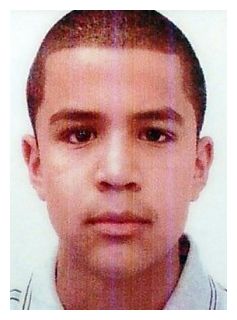
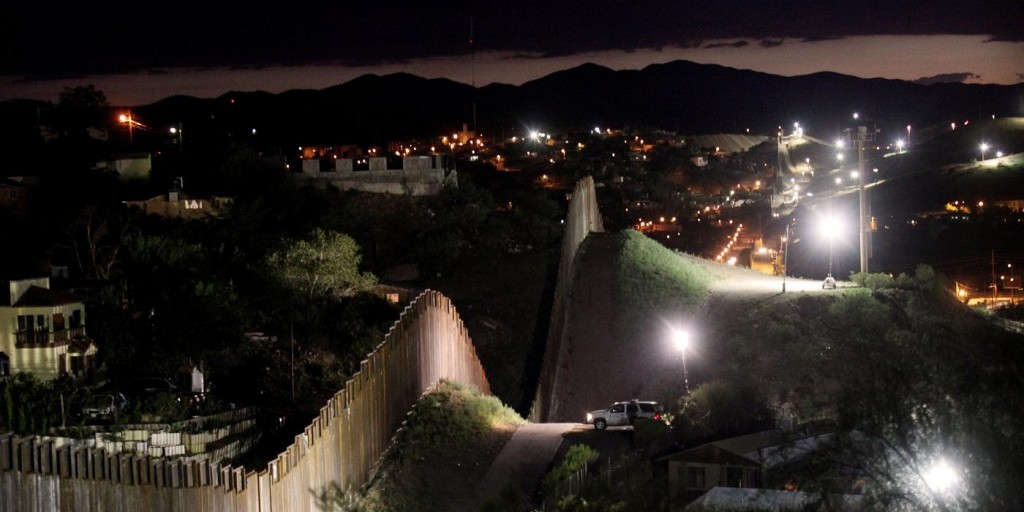



Given the way he was shot, this seems quite possible. Maybe for whatever reason someone decided he'd like to shoot one of the "lesser beings" across the border. Maybe he and his buddies knew they could get away with it?
If the medical report is accurate, this would be impossible to justify, which is probably why the info isn't coming to light. "Ignore it until it goes away"?